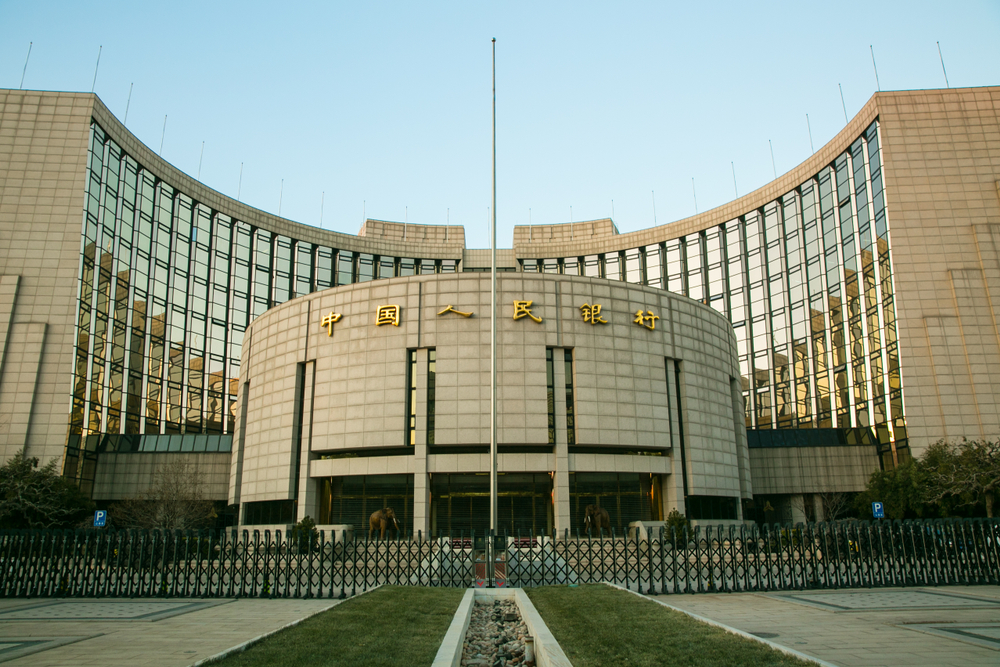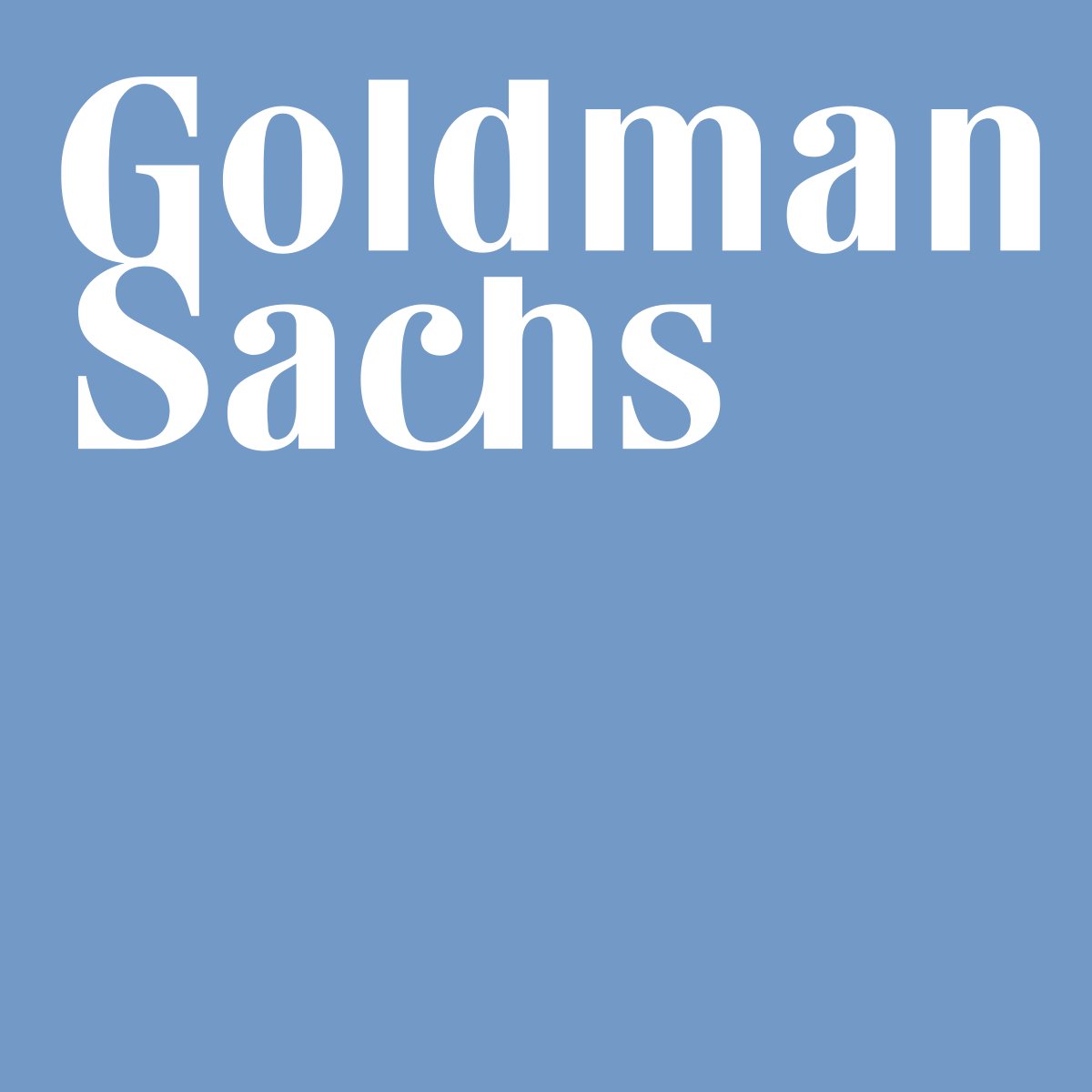Chinese equity volatility over the past month has highlighted a diversion in investor sentiment towards China A-Shares and offshore equity ETFs.
Stocks were hit with a confluence of bad news at the end of February including surging COVID-19 cases, tightening regulation and American Depository Receipt (ADR) delisting pressure, triggering a market rout for offshore ETFs.
However, offshore equities hit their lows in mid-March and investors went bargain hunting.
Investor sentiment was also boosted when President Xi Jinping announced the technology regulatory overhaul would be finished as soon as possible. This was boosted by the prospect of a collaboration between US and Chinese regulators to address ADR and China clarifying its stance on Russia’s invasion of Ukraine.
Signalling this, the iShares MSCI China UCITS ETF (ICHN) posted inflows of $395m over the past month, with the vast majority of this ($374m) coming in the past week, according to data from ETFLogic.
Meanwhile, the Xtrackers CSI300 Swap UCITS ETF (XCHA) – which tracks the market’s main benchmark of onshore stocks – saw outflows of $178.5m over March.
Benefits of active ETFs for investing in China A-Shares
Phillip Wool, managing director of Rayliant, whose flagship active ETF product, the Rayliant Quantamental China Equity ETF (RAYC) is benchmarked to the index, said the past month has highlighted the major difference between onshore and offshore stocks.
“The volatility over the last month or so highlights the major difference between offshore and onshore China exposure, with the former bearing much more exposure to so many of these increasingly salient risks,” he said.
Wool added China A-Shares are still much less exposed to these threats than offshore equities.
He said: “While I thought some offshore stocks were oversold at their lows, ADRs are not out of the woods yet as there are still major questions as to how far China’s regulators will go in levelling the playing field in the nation’s tech sector.”
For example, XCHA is still up $453m year to date after the index underwent a “significant” rebalancing last December.
A Goldman Sachs note published after its rebalancing said the index has become “more thematically compelling” to ETF investors with 20 of the 28 new additions belonging to China’s “Common Prosperity” universe, favourably exposed to strategic policy tailwinds.
China bond ETFs see major outflows
Elsewhere, investors have turned on Chinese bonds as the yield advantage it has held over US treasuries has narrowed following the Russian invasion of Ukraine.
The iShares China CNY Bond UCITS ETF (CNYB) amassed over $1.1bn of assets in the first two months of the year, continuing its strong flow performance from 2021 where it saw inflows of roughly $5bn, one of BlackRock’s top-selling ETFs last year.
However, the start of February has seen CNYB wipe off its year-to-date flows, recording an asset exodus of $1.3bn, according to data by ETFLogic.
In the seven days to Monday 28 March, CNYB saw outflows of $301m, putting it on track for its second-largest monthly withdrawal on record.
In a note to clients, Marko Kolanovic, head of quantitative research at the bank, said the People’s Bank of China’s (PBOC) stimulus has lowered the spread between Chinese government bonds and US Treasuries, which has already narrowed to its lowest level since late 2018 at below 0.5%.
“A softening in recovery momentum should push the PBOC gradually towards providing further support, which looks likely to narrow further the yield advantage that Chinese onshore government bonds have enjoyed over US Treasuries,” he said.
“A further narrowing could erode some of the flow support from foreign investors who have increased their holdings of onshore Chinese bonds by around $550bn in the past five years.”
Despite this, Kolanovic added the ongoing inclusion process of onshore bonds into the FTSE World Government Bond index, set to conclude in October 2024, should provide ongoing support from passive flows.
“The current account cushion along with some continued support from index inclusion flows mean the latest weakness in CNY will likely prove more temporary,” he said.
Related articles






